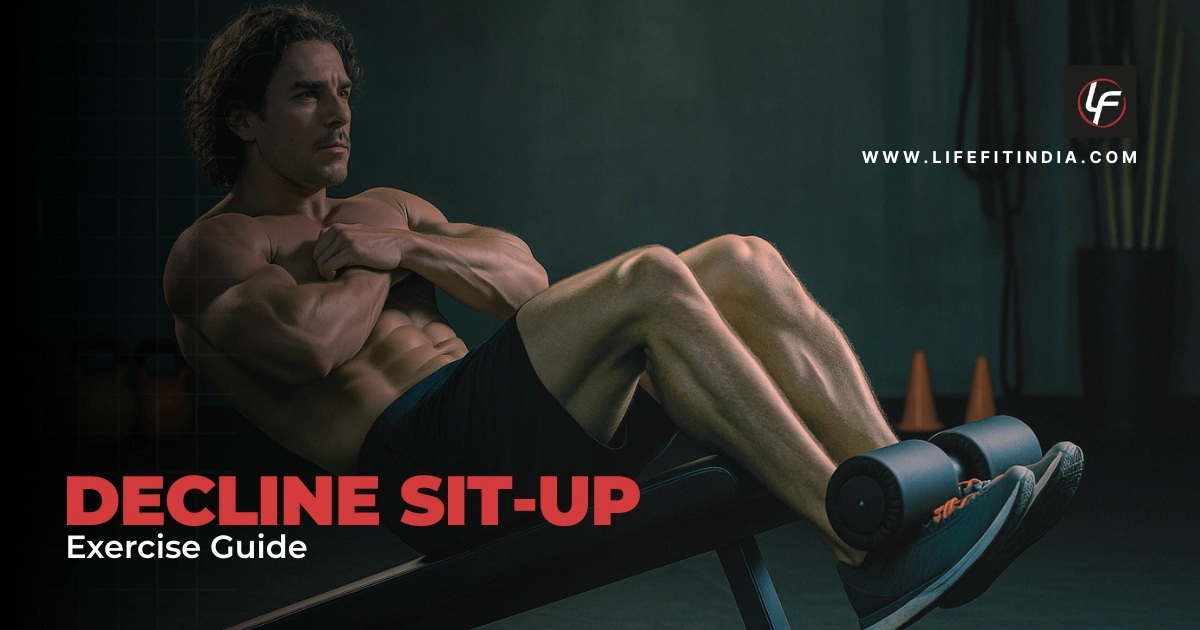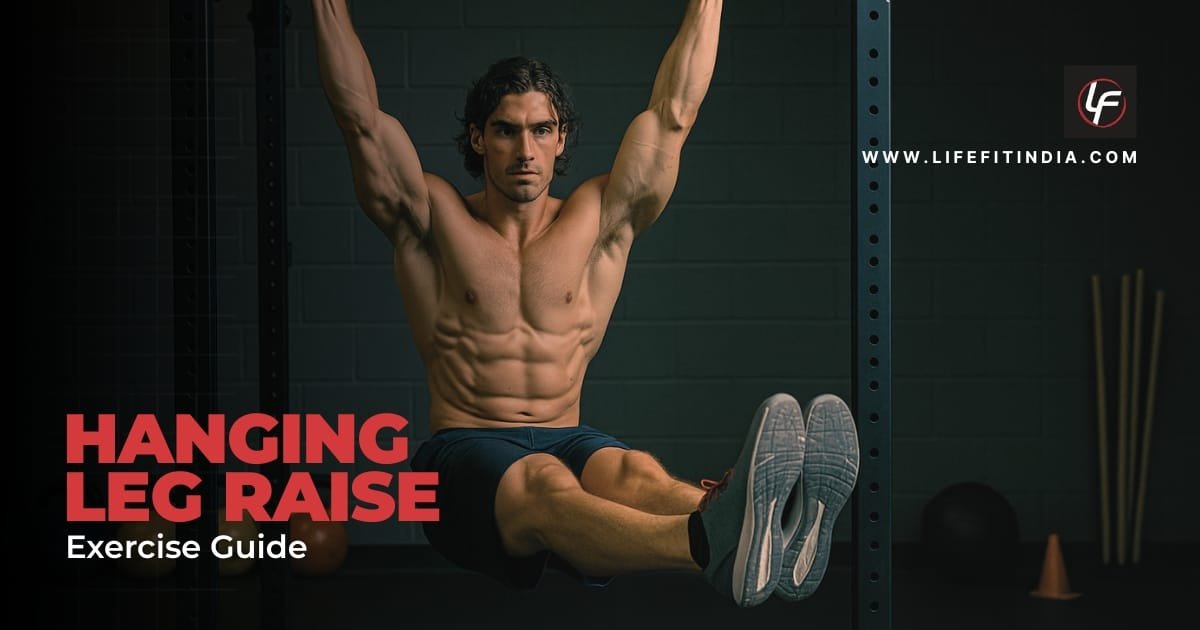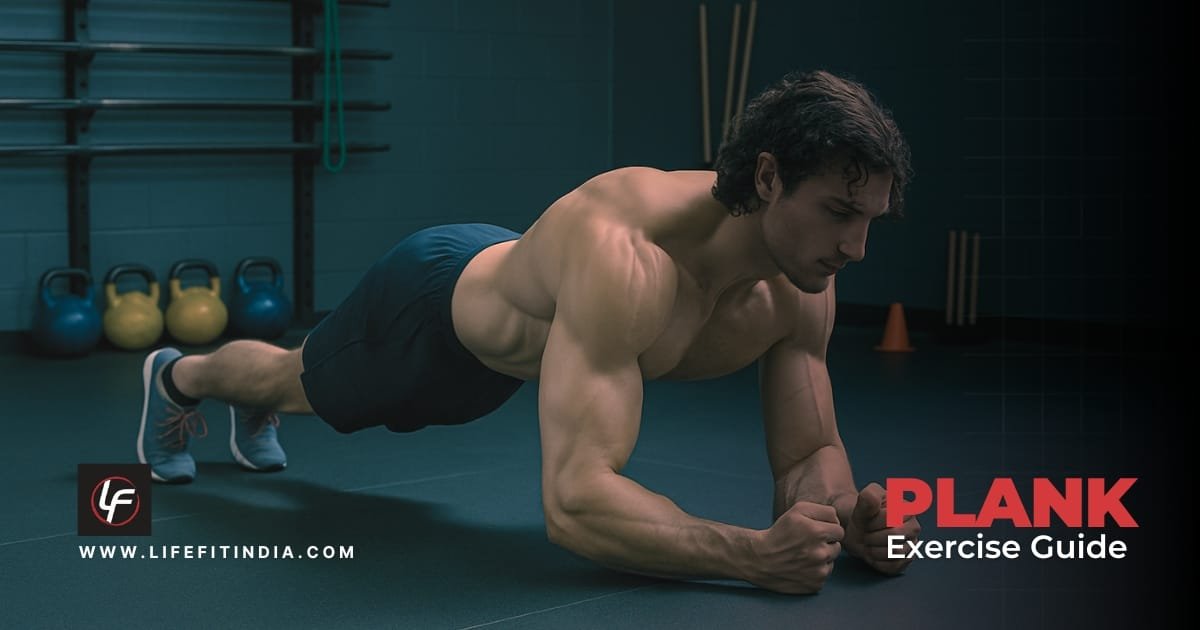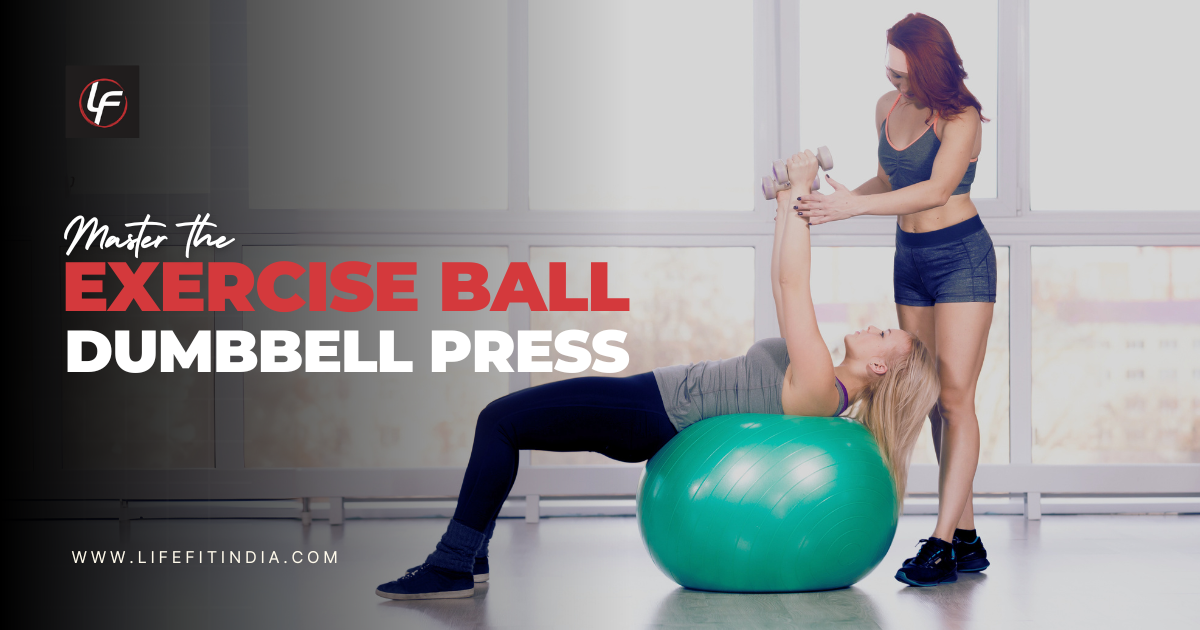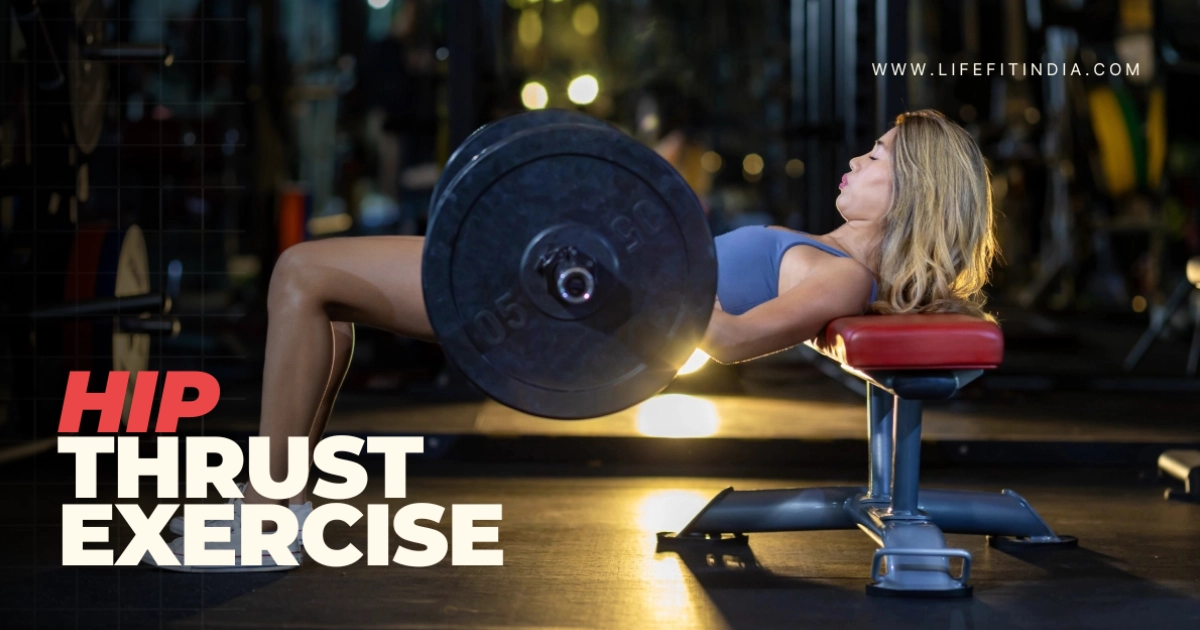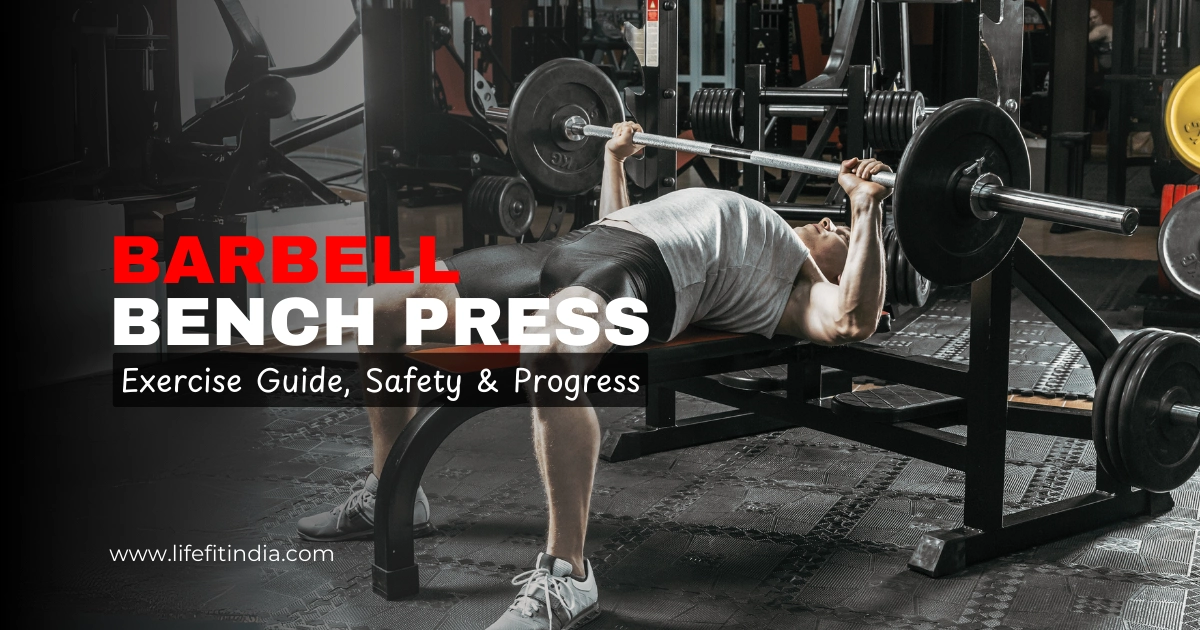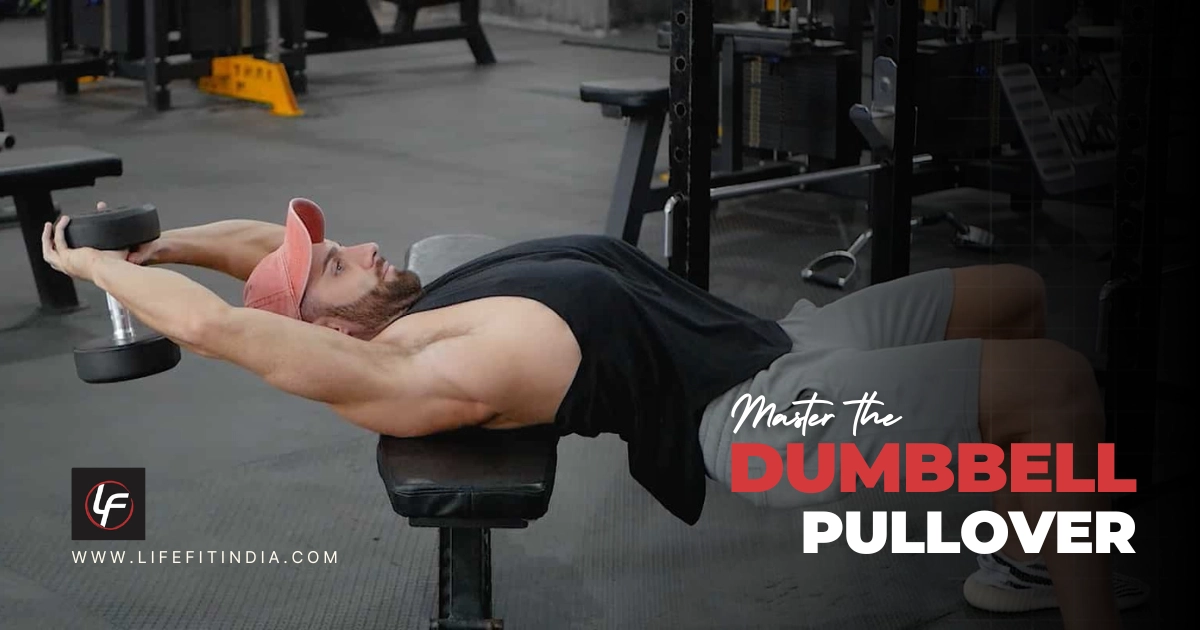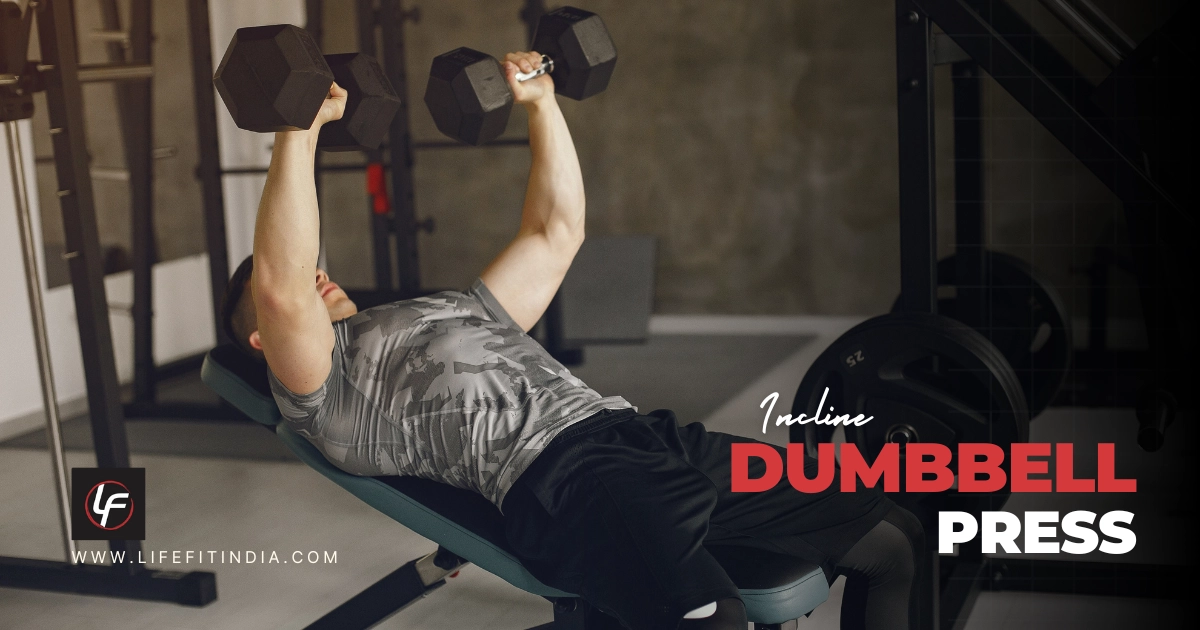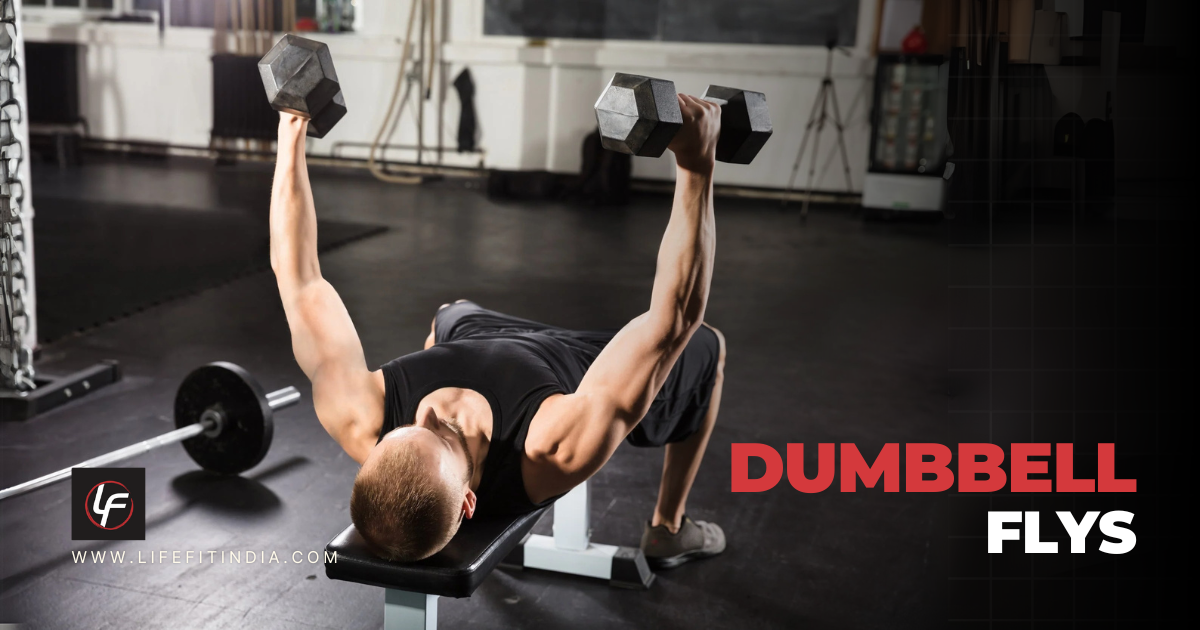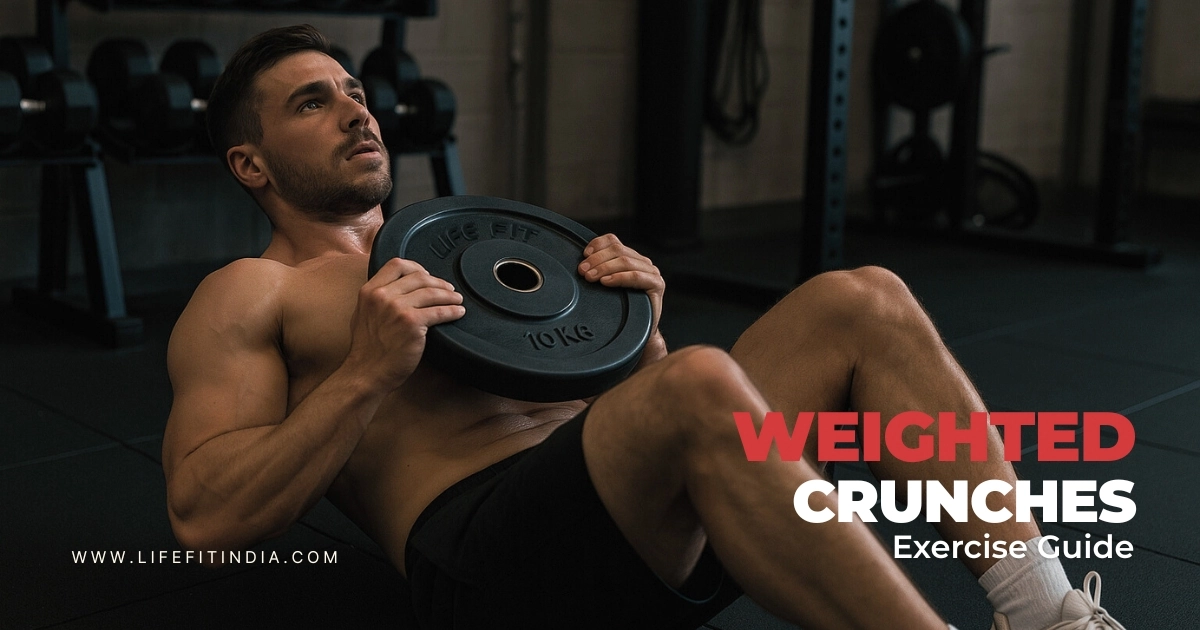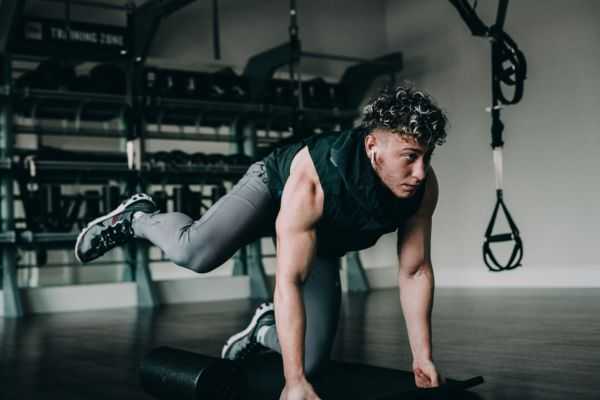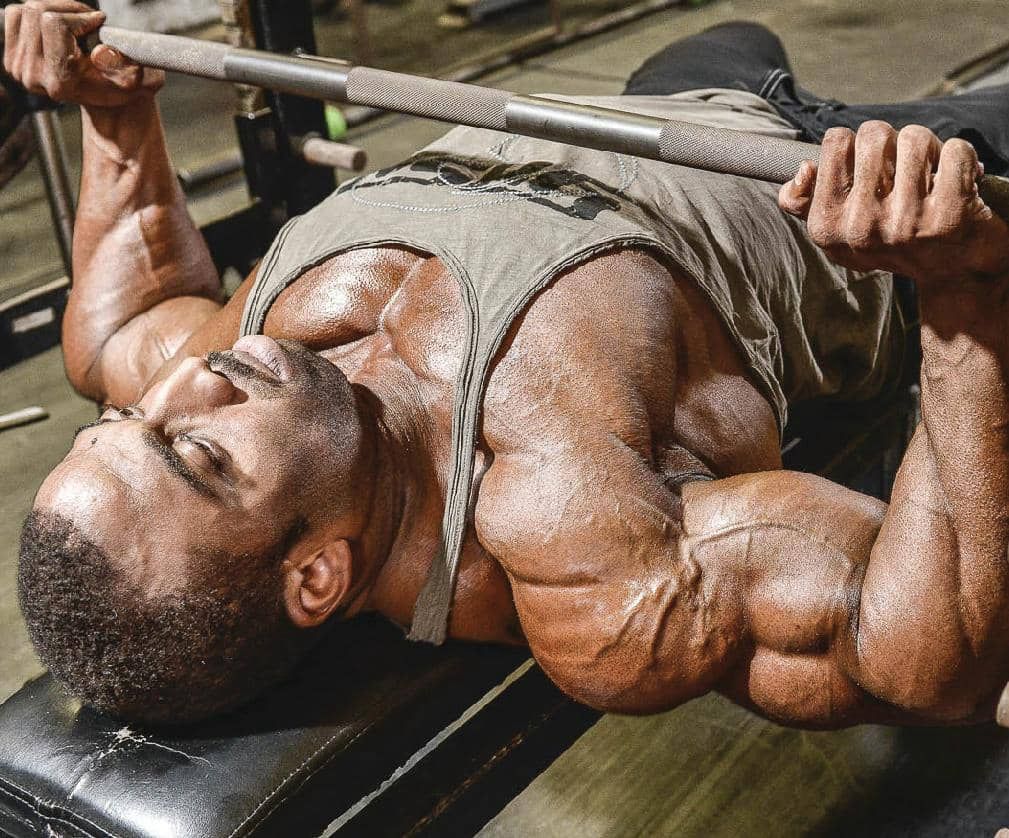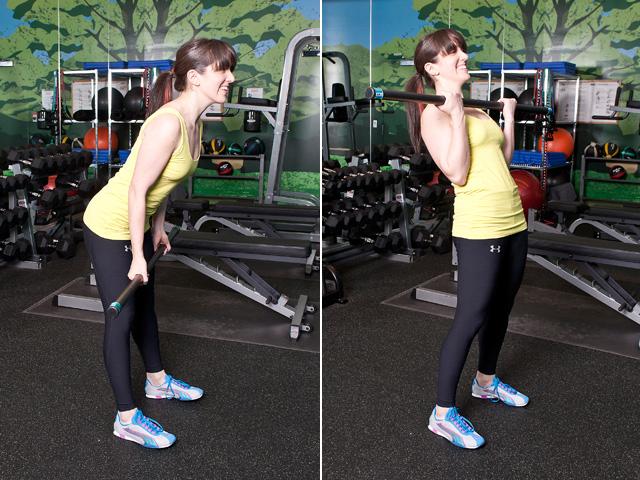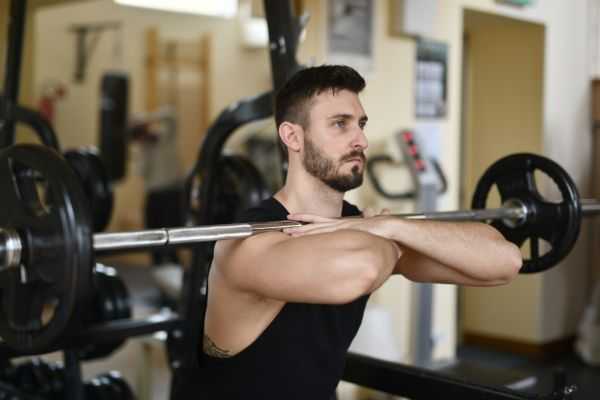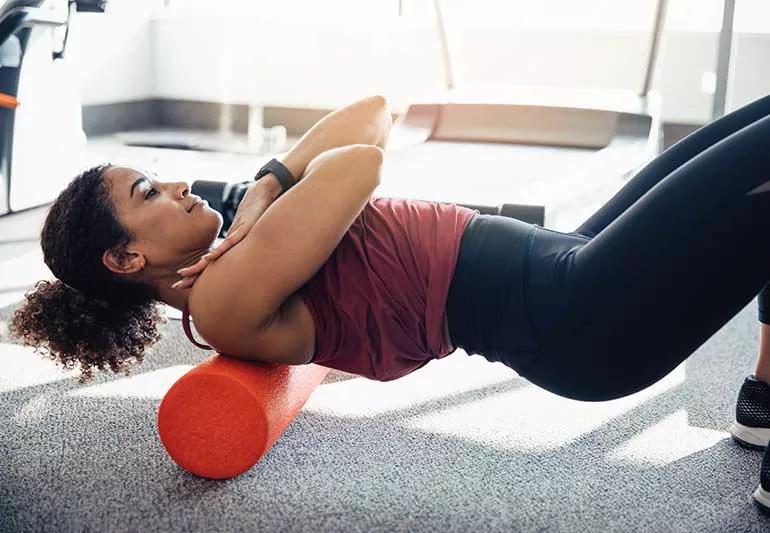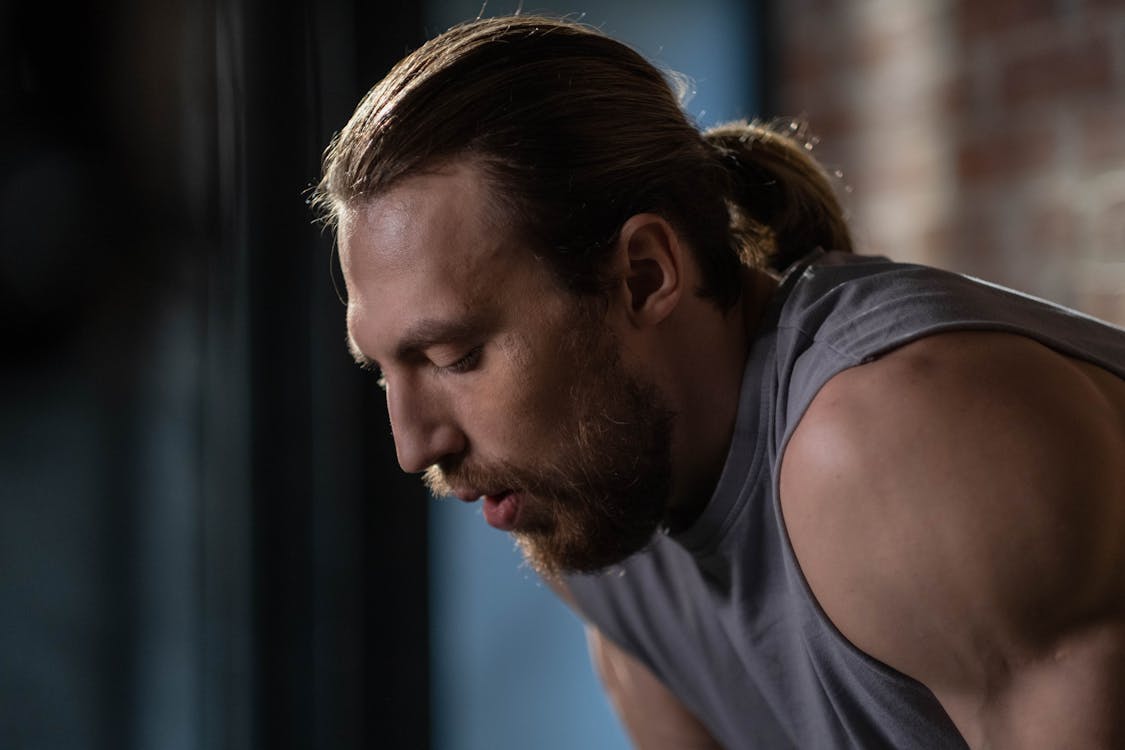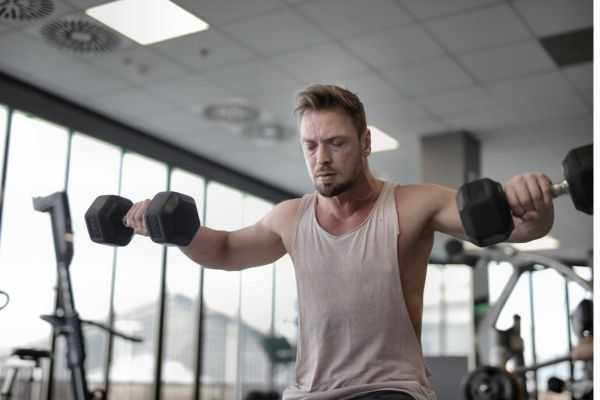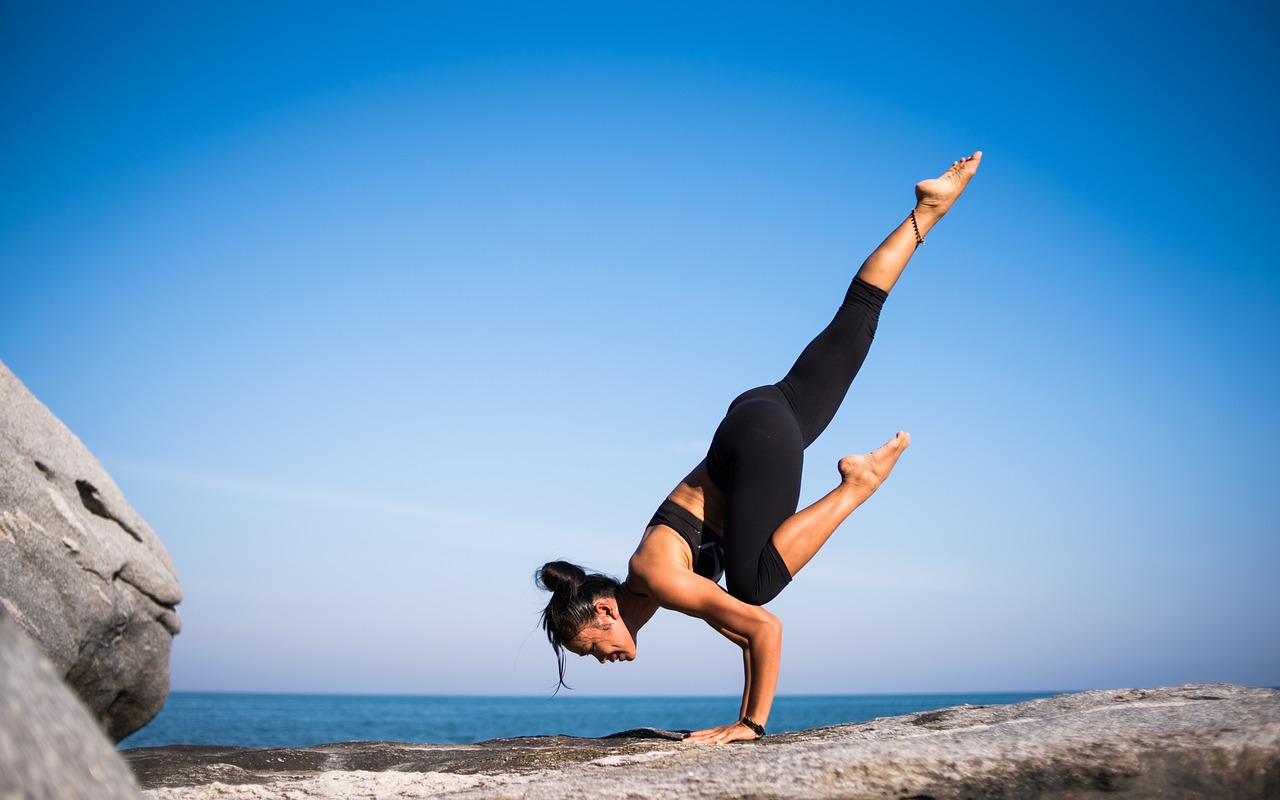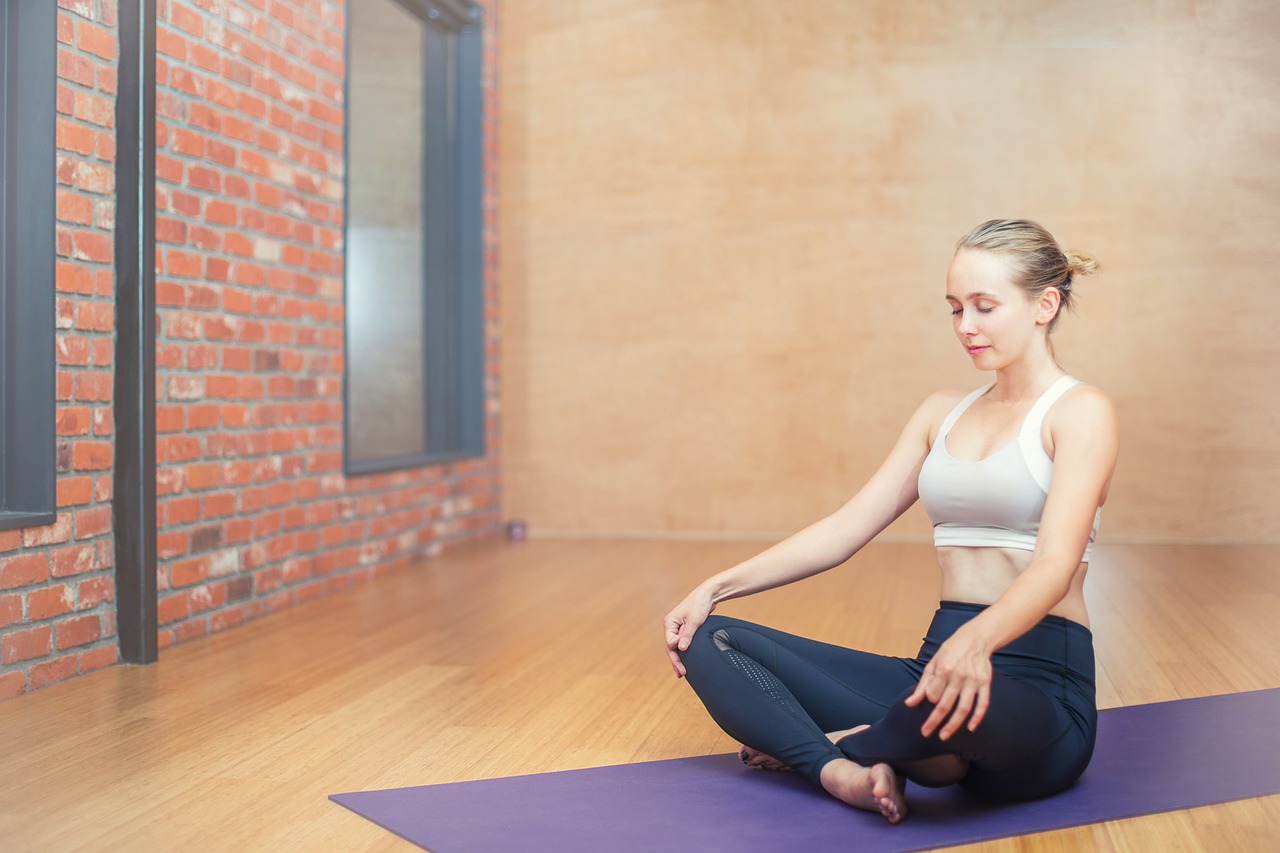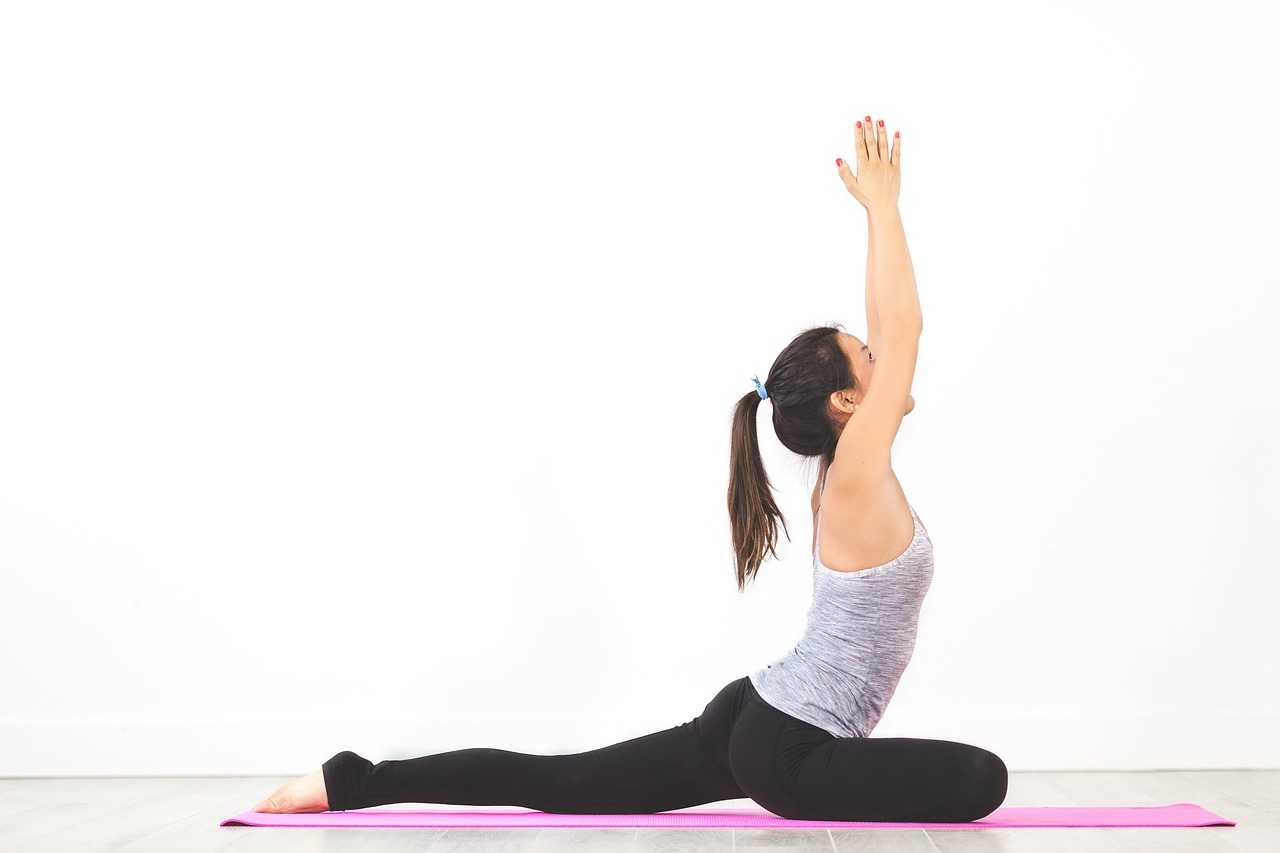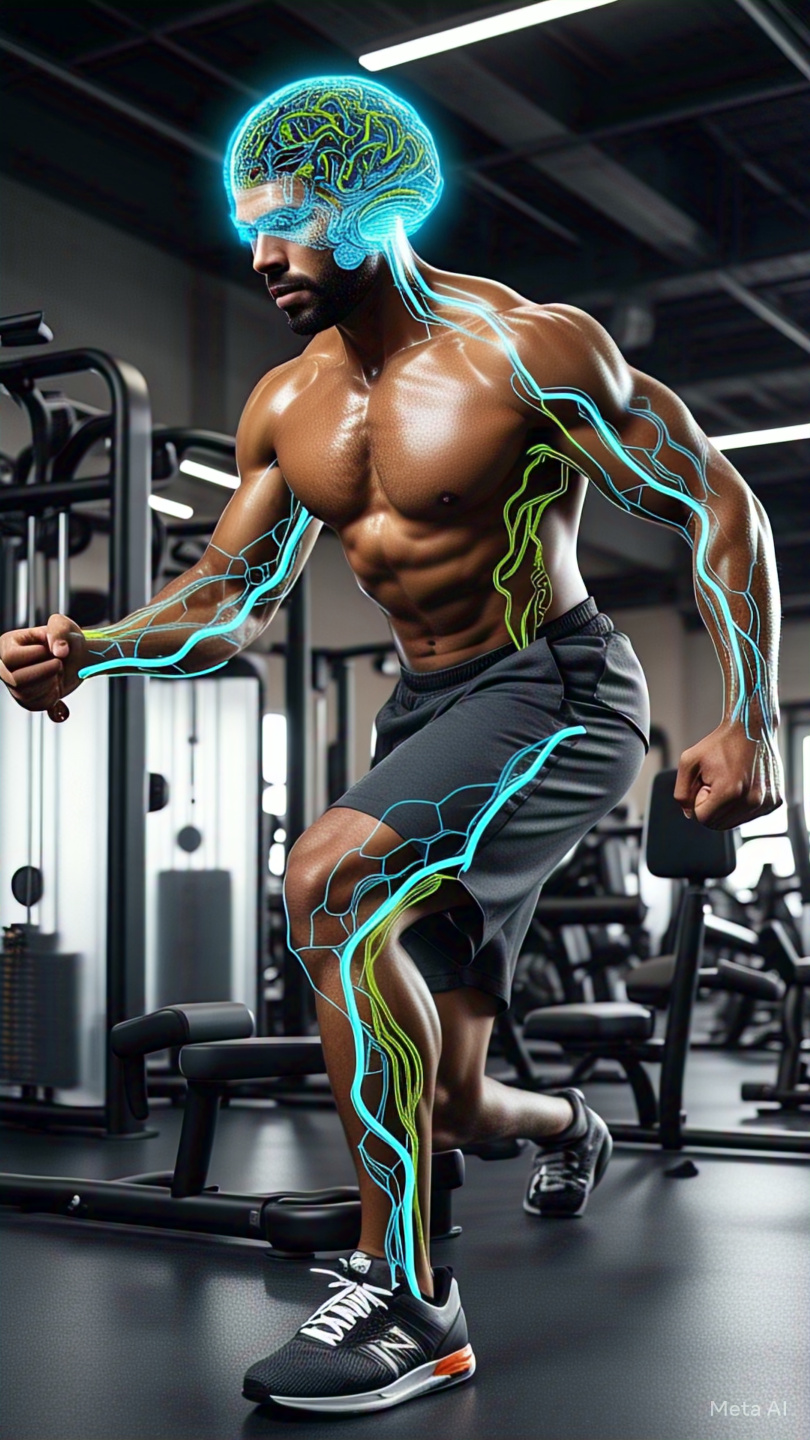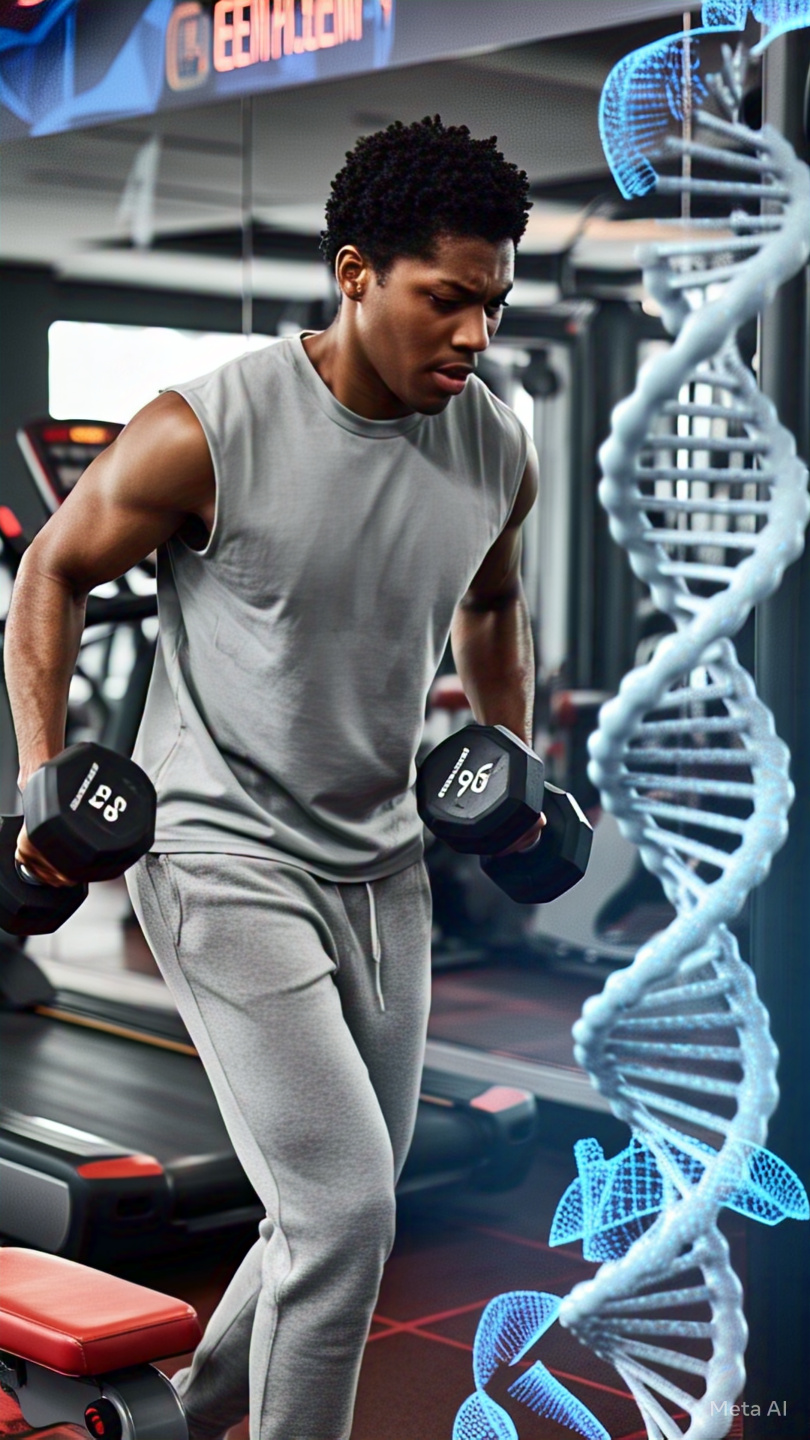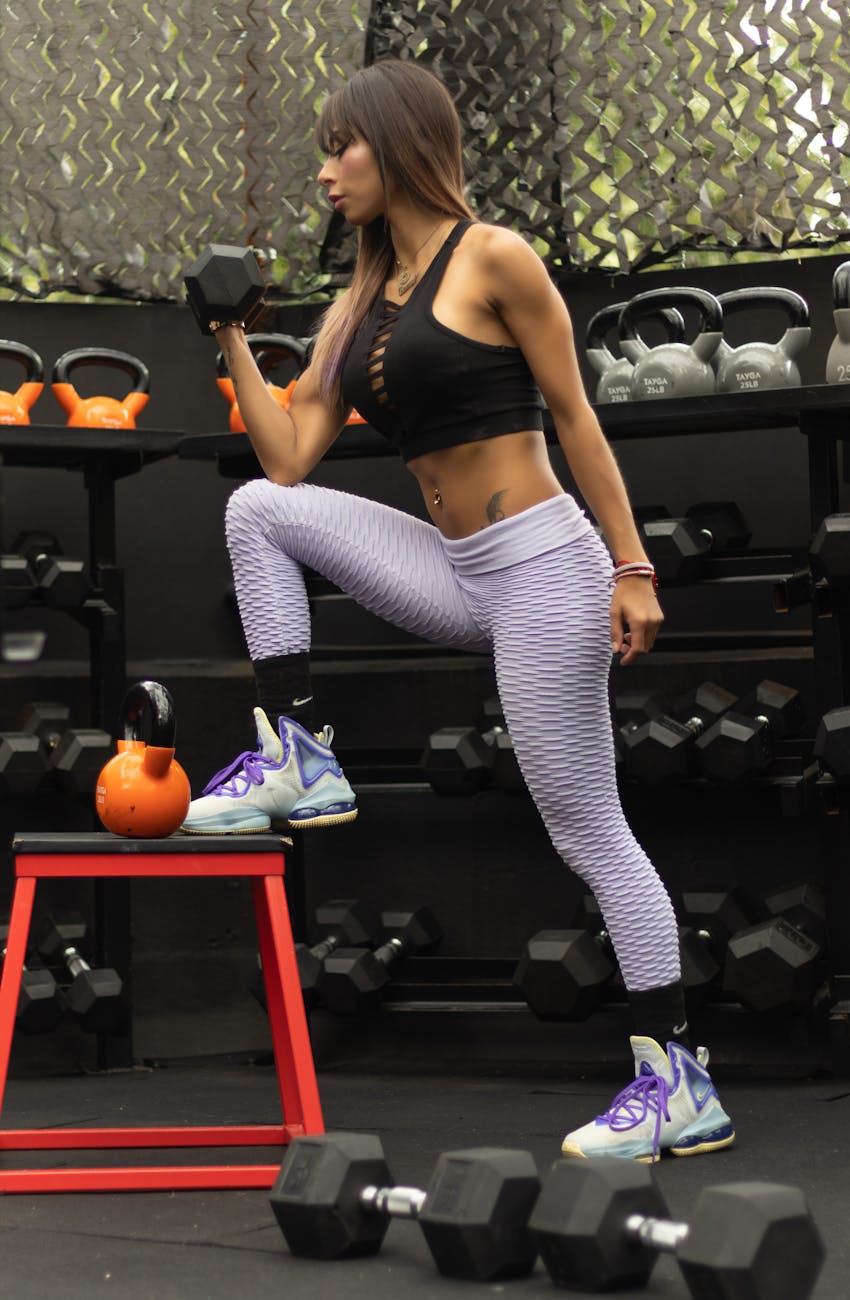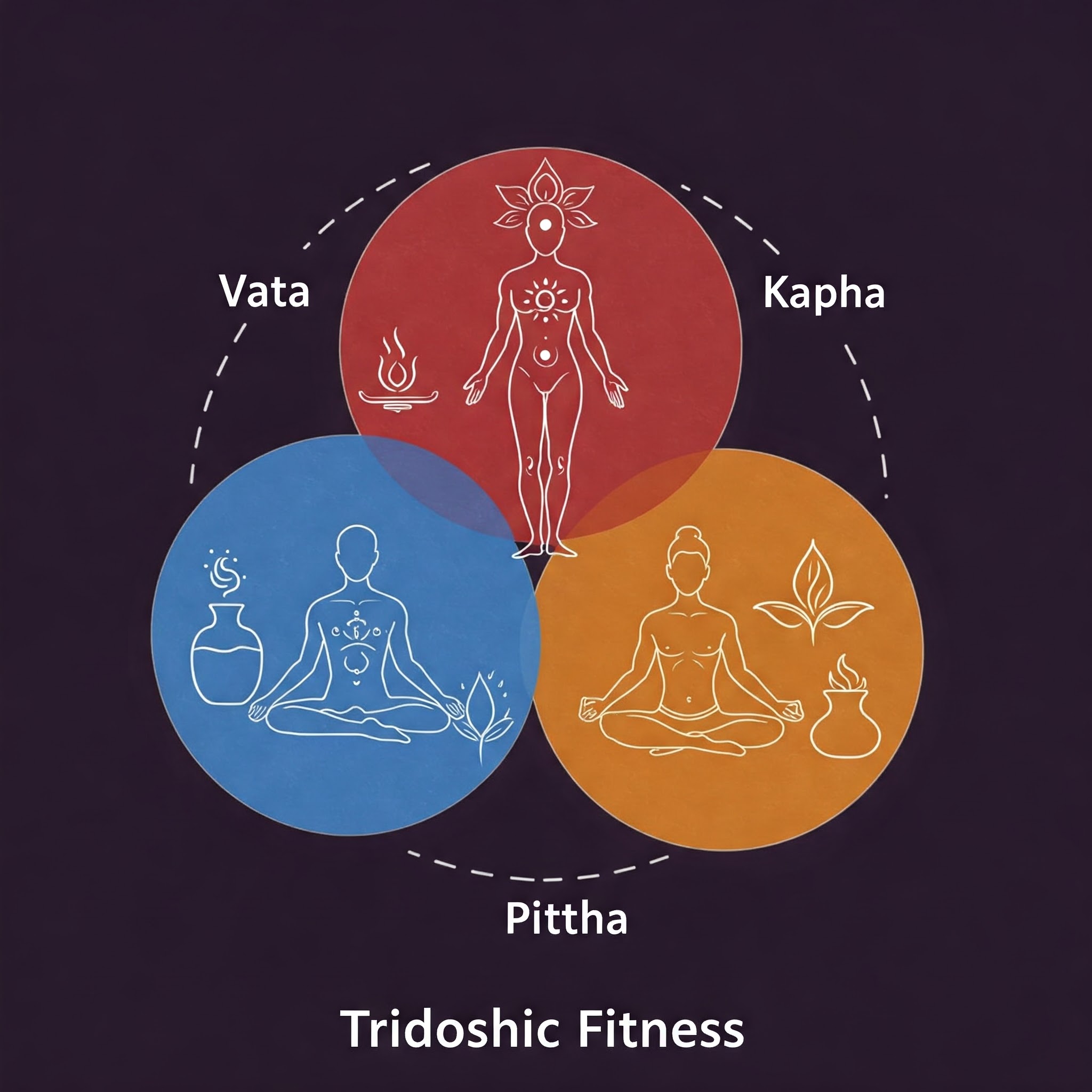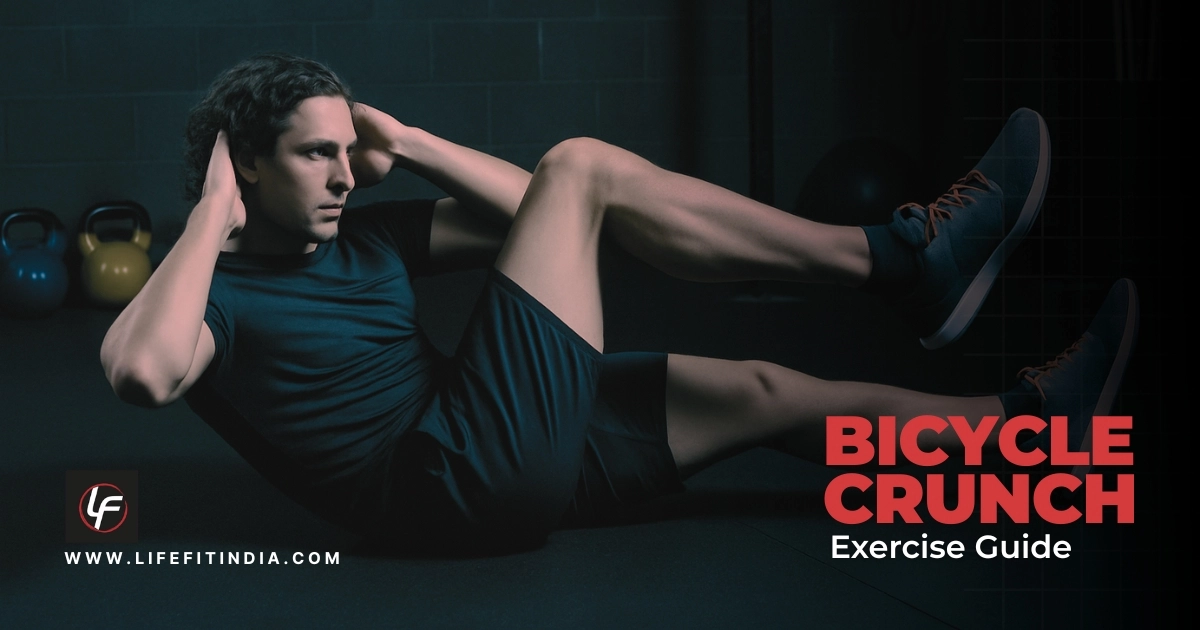
Navigating the world of fitness terminology can sometimes be confusing. A primary example is the query “abdominal air bike exercise.” This search often leaves users with a mix of results for two very different things: the bodyweight abdominal exercise known as the bicycle crunch, and the cardio machine called an Air Bike. This guide is here to clear up that confusion.
This article will serve as the most comprehensive, science-backed resource on the bicycle crunch. We will explore its benefits, proper form, and how it compares to other core exercises.
Bicycle Crunch vs. Air Bike Machine: What’s the Difference?
First, let’s resolve the core ambiguity.
The Air Bike is a piece of cardio equipment that uses a fan to create resistance. It’s an excellent tool for high-intensity interval training (HIIT) and improving cardiovascular health.
You can explore our Air Bike A100 to see how air bikes function.
This guide, however, focuses on the bodyweight core exercise properly known as the bicycle crunch. It earned the “abdominal air bike” nickname because the leg movement mimics pedaling a bicycle. It is a foundational exercise for building a strong, stable core.
How to Do the Bicycle Crunch with Perfect Form (Step-by-Step)
Proper form is critical to maximize effectiveness and minimize risk. Follow these steps for a perfect bicycle crunch.
- Starting Position: Lie flat on your back on a comfortable surface, like a yoga mat. Press your lower back into the floor, avoiding any arch in your spine. Gently place your hands behind your head to support it, but do not pull on your neck. Lift your knees to a 90-degree angle with your shins parallel to the floor.
- The Movement: Begin the “pedaling” motion by extending one leg straight out while bringing the opposite elbow towards the bent knee. For example, as you straighten your right leg, twist your torso to bring your right elbow towards your left knee. The movement should be slow and controlled. The power comes from your abdominal muscles rotating your torso.
- Breathing: Exhale as you crunch and twist, and inhale as you return to the center to switch sides.
5 Common Mistakes to Avoid (And How to Fix Them)
Executing the bicycle crunch correctly is key to reaping its benefits. Here are common errors and how to correct them.
- Pulling on the Neck
- The Fix: Your hands are there for light support, not to crank your head forward. The lift and twist should originate from your core muscles.
- Rushing the Movement
- The Fix: Performing the exercise too quickly relies on momentum, not muscle. Slow down to increase the time your muscles are under tension, which is crucial for building strength.
- Twisting Only the Elbows
- The Fix: The goal is to rotate your entire torso, bringing your shoulder towards the opposite knee. This ensures you are fully engaging your oblique muscles.
- Letting the Lower Back Arch
- The Fix: Keep your lower back pressed firmly against the floor throughout the exercise. If you feel it arching, try performing the movement with your legs higher in the air to reduce the strain.
- Rocking the Hips
- The Fix: Your hips should remain stable and on the floor. The rotation should come from your midsection, not from rocking side to side.
The Science-Backed Benefits of Bicycle Crunches
The bicycle crunch is not just another ab exercise; its effectiveness is supported by scientific research.
- Unmatched Abdominal Activation (The ACE Study): A landmark study sponsored by the American Council on Exercise (ACE) used electromyography (EMG) to measure muscle activation during various abdominal exercises. The results were clear: the bicycle crunch was ranked as the #1 most effective exercise for the rectus abdominis (the “six-pack” muscles) and the second-most effective for the obliques.
- Strengthens the Entire Core for Improved Stability: This exercise engages the entire core musculature, including the rectus abdominis, obliques, and the deep transverse abdominis, which acts like a natural corset for your spine. A strong, stable core is the foundation for almost all other strength movements, from the barbell bench press to squats.
- Enhances Functional Fitness: The twisting motion of the bicycle crunch improves functional fitness, which is the strength to perform daily activities like lifting, twisting, and bending, more safely and effectively.
- Can Be a Cardio Element: When performed at a faster tempo, the bicycle crunch can elevate your heart rate, making it a versatile addition to any HIIT or circuit training routine.
Muscles Worked in the Bicycle Crunch: An Anatomical Breakdown
A single bicycle crunch engages a network of muscles working together.
- Primary Movers:
- Rectus Abdominis: The muscle at the front of your abdomen, responsible for flexing your spine.
- Internal & External Obliques: Located on the sides of your abdomen, these muscles are responsible for torso rotation.
- Secondary Movers/Stabilizers:
- Transverse Abdominis: The deepest abdominal muscle that stabilizes the spine.
- Hip Flexors and Quadriceps: These leg muscles are engaged during the pedaling motion.
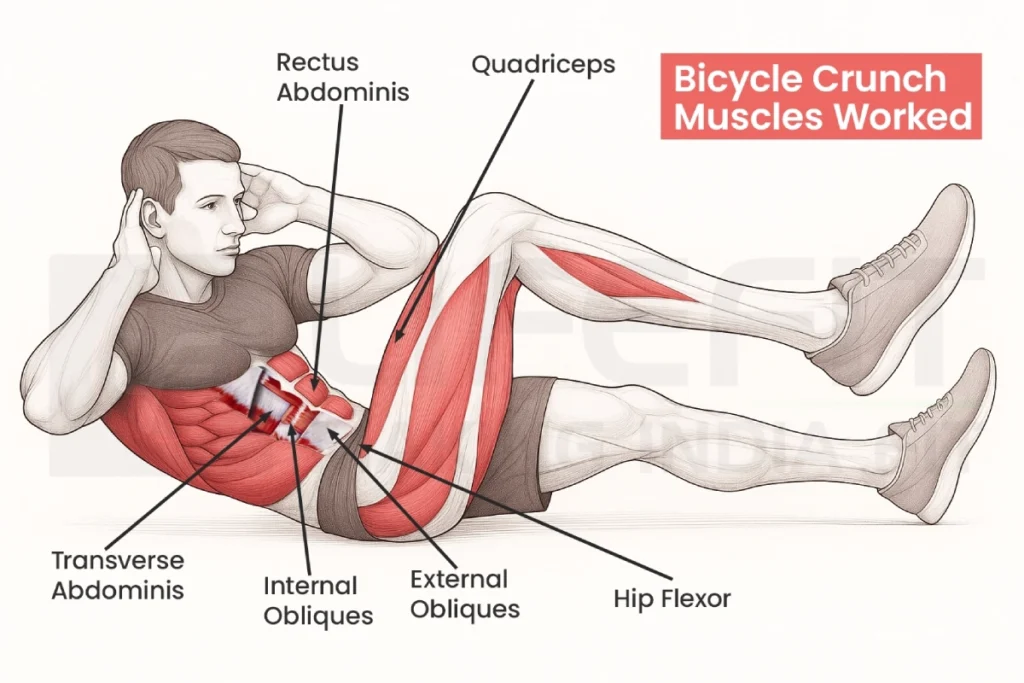
Safety, Risks, and Contraindications: An Honest Discussion
While highly effective, the bicycle crunch may not be suitable for everyone. It’s important to be aware of the potential risks associated with spinal flexion exercises. Research in clinical biomechanics has explored how repetitive spinal flexion can place compressive loads on the intervertebral discs.
Individuals with the following conditions should exercise caution and consult a healthcare professional before performing bicycle crunches:
- Existing Low Back Pain
- Chronic Neck Issues
- Diastasis Recti (abdominal separation), which can be worsened by crunching movements.
For those without these conditions, prioritizing perfect form and listening to your body are the best ways to mitigate risk. If you experience pain, consider alternatives like the plank or dead bug, which strengthen the core without spinal flexion.
Bicycle Crunch Variations: From Beginner to Advanced
One of the best features of the bicycle crunch is its adaptability. You can modify it to match your fitness level.
- For Beginners:
- Feet-on-Floor Crossover Crunch: Keep your feet on the floor as you perform the twisting motion.
- Legs Higher in the Air: The higher your legs, the shorter the lever, which reduces the challenge on your abs.
- For Intermediate Users:
- Standard Bicycle Crunch: The classic form described above.
- Slow-Motion with Pauses: Pause for a second at the peak of each crunch to maximize muscle engagement.
- For Advanced Users:
- Weighted Bicycle Crunch: Hold a light dumbbell or medicine ball at your chest for added resistance. You can find suitable hex dumbbells in our store.
- Standing Bicycle Crunch: Perform the movement from a standing position for an added balance challenge.
Bicycle Crunch vs. Other Core Exercises: A Data-Driven Comparison
A well-rounded core routine should include a variety of movements. The data from the ACE-sponsored study provides an excellent comparison of different ab exercises.
| Exercise Name | Rectus Abdominis Activation (vs. Baseline) | Oblique Activation (vs. Baseline) | Key Takeaway / Best For |
|---|---|---|---|
| Bicycle Crunch | 248% | 290% | Top-tier activation for both rectus abdominis and obliques. |
| Captain’s Chair | 212% | 310% | Highest oblique activation; requires specific gym equipment. |
| Exercise Ball Crunch | 139% | 147% | Excellent activation with minimal hip flexor involvement. |
| Vertical Leg Crunch | 216% | 218% | Strong overall activation, requires leg stability. |
| Torso Track | 127% | 145% | Marginally better than a traditional crunch, but with reported back strain. |
| Traditional Crunch | 100% (Baseline) | 100% (Baseline) | The standard baseline for comparison. |
| Ab Roller | 105% | 101% | No more effective than a traditional crunch. |
| AB Rocker | 21% | 74% | Significantly less effective than a traditional crunch. |
This table shows that while exercises like the hanging leg raise (similar to the Captain’s Chair) are fantastic for the obliques, the bicycle crunch provides the best all-around activation for the major abdominal muscles.
Frequently Asked Questions (FAQ)
How many bicycle crunches should I do?
This depends on your fitness level. Beginners might aim for 2-3 sets of 10-12 repetitions per side. The key is to maintain perfect form. Research suggests that for abdominal endurance, training frequency can vary, but consistency is crucial.
Can I do bicycle crunches every day?
While you can, it’s generally recommended to give your muscles time to recover. Overtraining can lead to fatigue and poor form. Aim for 3-4 times a week as part of a balanced workout routine.
Why do my hips or neck hurt when I do bicycle crunches?
This usually points to a form issue. Neck pain often comes from pulling your head forward, while hip pain can result from overactive hip flexors or rocking your hips. Refer back to the common mistakes section to correct your form.
Will bicycle crunches give me a six-pack?
Bicycle crunches will strengthen and build your abdominal muscles, but a visible “six-pack” is primarily the result of having a low body fat percentage. A healthy diet is just as important as your ab workout.
What’s a good alternative if bicycle crunches hurt my back?
If you experience back pain, you should stop and consider exercises that focus on core stability without flexing the spine. Excellent alternatives include planks, bird-dogs, and dead bugs.
The Bottom Line
The bicycle crunch has earned its reputation as a top-tier abdominal exercise for a reason. It is a scientifically-proven, effective movement for building comprehensive core strength when performed with meticulous form and control.
By prioritizing safety, understanding the mechanics, and choosing the right variation for your fitness level, you can make the bicycle crunch a cornerstone of your fitness journey.
What’s your go-to exercise for building a strong core? Is the bicycle crunch a regular part of your routine?
Share your thoughts and questions in the comments below!



